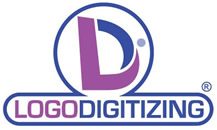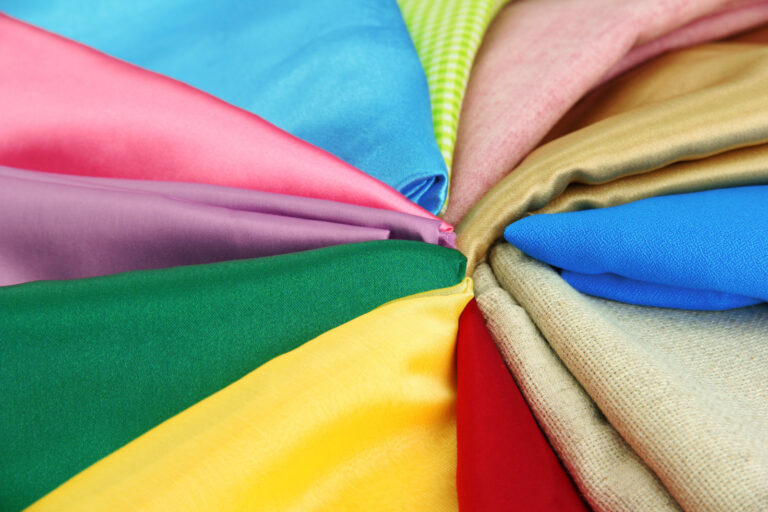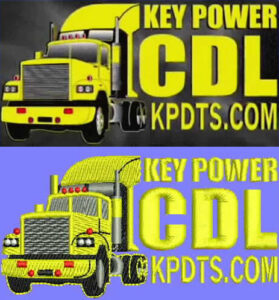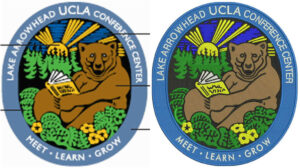When it comes to embroidery, the background fabric is just as important as the colorful floss used in each project. The right fabric will depend on a few factors, such as the embroiderer’s skill, the technique used, and the product’s final purpose.
How to Choose the Right Fabric?
Generally, the fabric must have enough weight and thickness to support the embroidered threads. The fabric should also retain its structure when stress is applied, keeping the original design intact. For example, one should see minimal stretch if they pull on their embroidery fabric.
Sturdier fabrics are required of any design that utilizes many densely packed stitches. On the other hand, the stitches in a lighter design will be deflected by a fabric that’s too thick. For this reason, lightweight fabrics marry well with airy, hand-stitched designs, while structured fabrics are more ideal for machine embroidery.
What is Digital Embroidery?
The very first embroidery machines were still guided by hand. The next generation of automatic machines were limited to whatever designs were preprogrammed into them. Today, digital embroidery machines are the next step up in embroidery technology. These types of machines produce an embroidered image from a downloaded computer file, opening the embroiderer up to a virtually limitless array of design options.
The digital technique is capable of producing more elaborate designs faster than hand or traditional machine embroidery. It also allows for a higher level of detail, which usually requires more thread as a result. Because of this, it’s even more important to know how to choose the right background fabric for a digital embroidery design.
What Types of Fabric are Used in Digital Embroidery?
The fabric used in digital embroidery can be broken down into three subtypes based on how they’re produced. Knitted fabrics are created by looping one long piece of string or yarn over and over. Woven fabrics are created with a loom or a machine that weaves multiple threads together. Nonwoven fabrics are formed when multiple fibers, often wool or acrylic, are bonded together during a chemical, thermal, or mechanical process.
Knitted Fabric
Knitted fabrics are capable of a certain degree of stretch and draping. Therefore, it’s a good fabric choice for garments or open-spaced designs. Some examples include jersey, terrycloth, and yarn.
The pliability of knits can pose a challenge to any embroiderer, mechanical or human. The spaces between the threads can be uneven, which causes uneven pulling and stretching. It’s best to choose a denser knit, such as a double-knit or interlocked fabric, to get around this. Also, using a stabilizer can help make a knit fabric sturdier.
Woven Fabric
Unlike knitted fabric, a woven fabric consists of interwoven threads that provide tension and support to itself. The spaces between the threads are more even and uniform than knits, making woven fabric less susceptible to stretching. Examples of woven fabric include canvas, calico, and quilter’s cotton.
When digital embroidery is concerned, it’s best to choose a fabric that is woven tightly. In other words, it should have as little space between the threads as possible. Also, fabrics with high thread counts are sturdier and less prone to warping. For example, Denim features a weave and thread count that is easier to embroider on than chiffon.
Nonwoven Fabric
The most common nonwoven fabric used in embroidery is felt. During its production, the bonding process gives it a very tight structure with no spaces between the individual fibers. What results is a fabric that won’t stretch as much as a knitted or woven fabric. This also makes felt less likely to fray, making it one of the best background fabric options for digital embroidery.
Felt can be made from either natural fibers, synthetic fibers, or a blend of both. Natural fibers are more prone to shrinkage compared to their synthetic counterparts. Luckily, preshrinking the felt before embarking on a new embroidery project should be enough to take care of the problem.
The Importance of the Design
The “right” fabric choice for any embroidery project depends on the design of the image. A denser fabric can support the weight of all the outer, inner, and underlay stitches in a complicated design. However, designs requiring fewer stitches can be lost or displaced by thicker fabrics.
On top of the design, additional considerations must be taken for digital embroidery. It’s ideal to use a different design file for each project and fabric type. Different tension and understitch settings can look messy or clean, depending on the type of fabric used.
Finally, the design may call for different types of needles. The needle-type should also be considered when choosing fabric for digital embroidery. For example, larger needles can perforate threads and lead to fraying on a woven or knit background.




